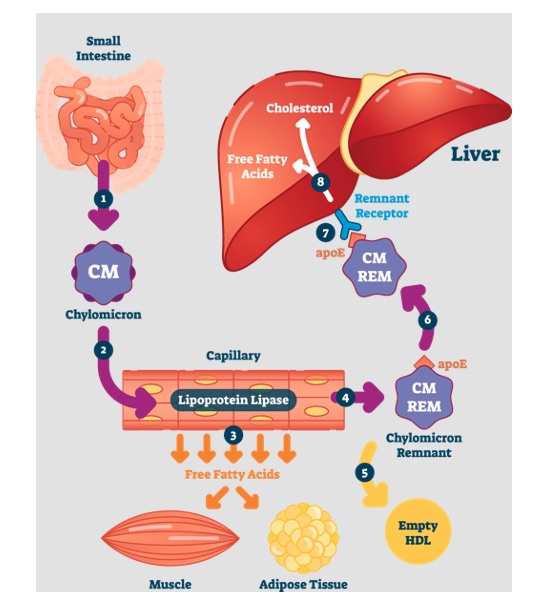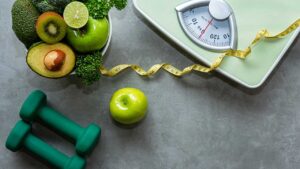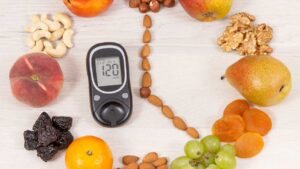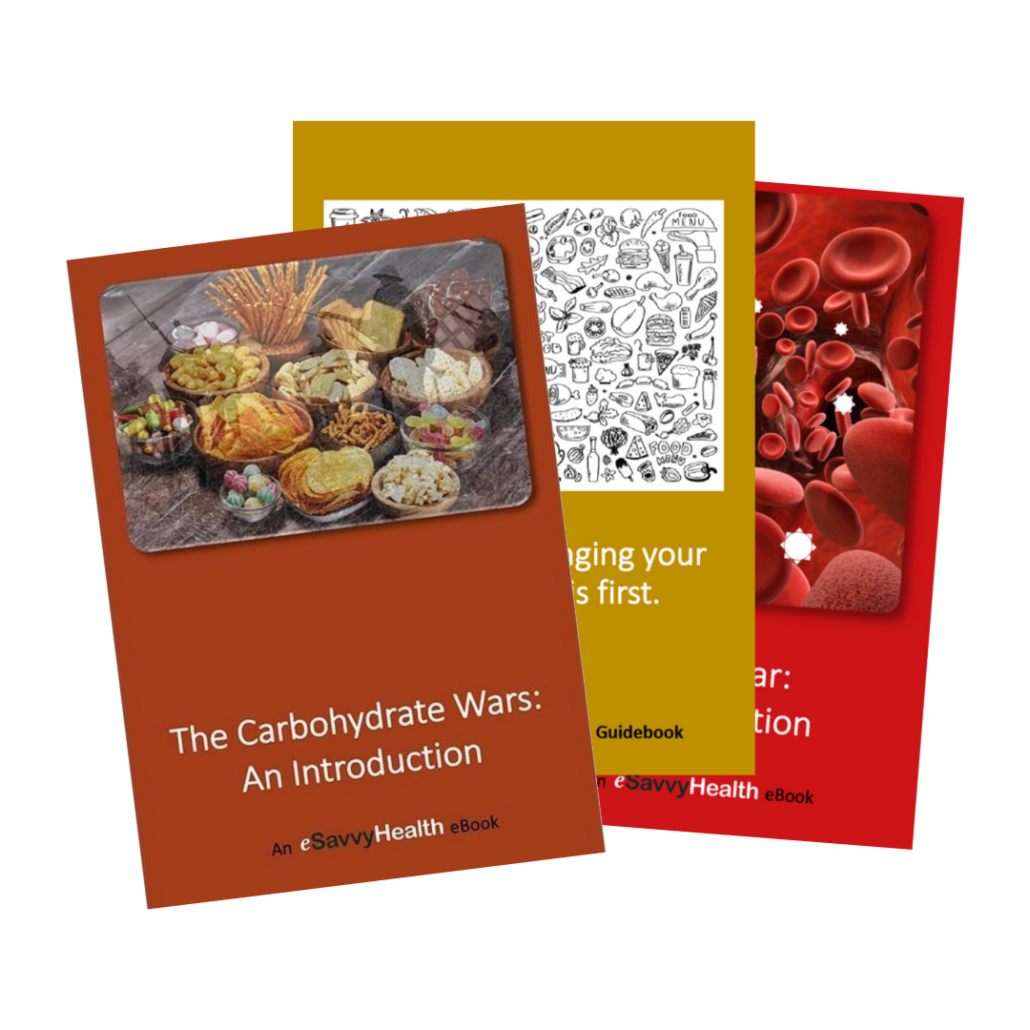In Part 1 of this Insight, we learned that substances that don’t mix with water, like cholesterol, are transported through blood as part of a package called a lipoprotein, which allows them to flow easily through blood vessels. And we learned about the different kinds of packages that carry cholesterol.
While for simplicity cholesterol is usually described as packaged in High Density Lipoproteins (HDLs) and Low Density Lipoproteins (LDLs), in fact there are nine categories of those packages, not just two—from high to low density. (Recall from Part 1 that HDLs have a relatively higher percentage of protein to fat than LDLs. That makes them relatively dense in terms of weight.) There is evidence that, when assessing risk for cardiovascular disease, it’s important to pay attention to exactly which type of LDL is being measured. [1]
Cholesterol is not the only fat-like substance that needs to travel through your blood. Just as important to your survival are the fat molecules that your body’s cells can use as fuel. Those are called triglycerides, because a fat molecule, as we discuss in another Insight, is made by joining a compound called glycerol to three chains of fatty acids.

Triglycerides are carried in two kinds of packages, depending on where they’re made. One type is put together in the intestine as your food is digested. It carries the triglycerides from the fat that was in that food (dietary fat), and also carries dietary cholesterol. These tiny liquid particles are called chylomicrons (chylo – Greek for “juice”, micron – small particle). Chylomicrons deliver triglycerides and cholesterol to muscle cells for energy, to fat (adipose) cells for storage, and also to cells as building blocks.”

Triglycerides are also produced in the liver and then packaged in another type of lipoprotein, one that’s even less dense than LDL’s, thoughtfully named Very Low Density Lipoproteins (VLDLs). In addition to triglycerides, VLDL’s also transport cholesterol.
HDL’s, LDL’s, chylomicrons, VLDL’s: this is the language medical professionals and researchers use to describe how the human body manages two substances that are vital to life: cholesterol and triglycerides. It’s also part of the language your own doctor might use when asking you to make decisions about your health. Understanding these words is essential to understanding your options.
Reference





